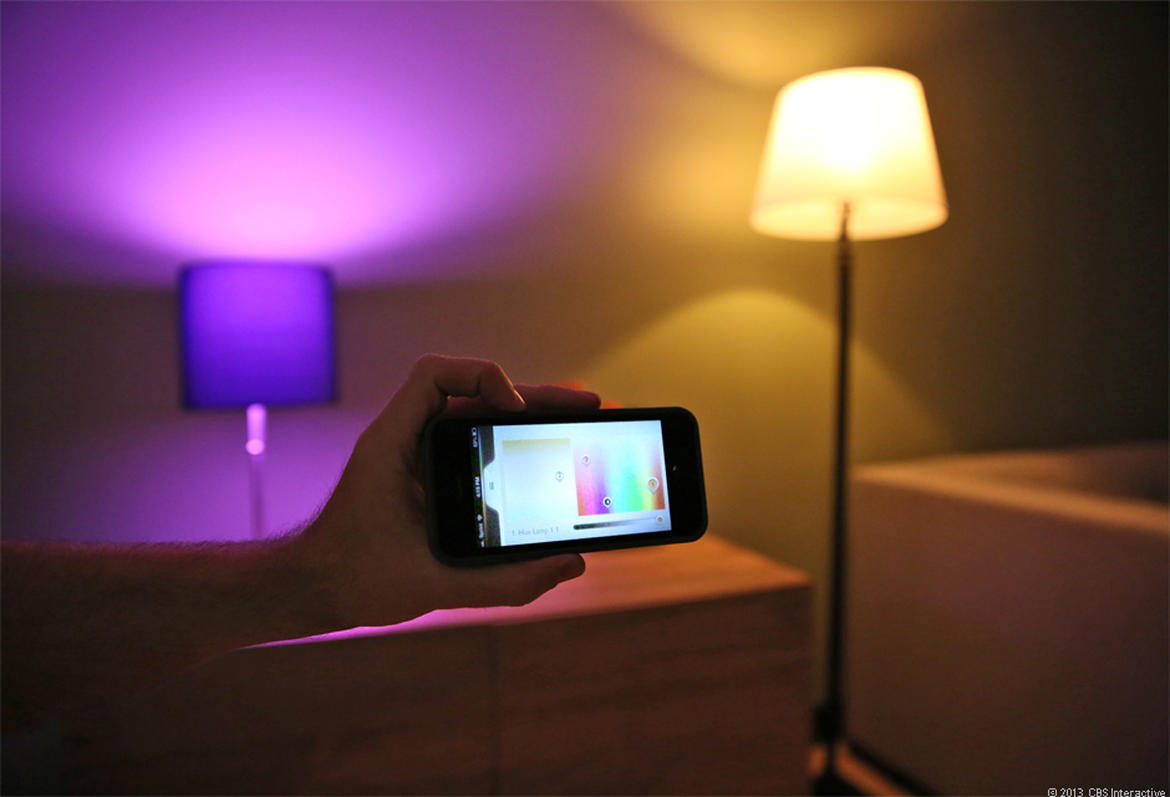Smart lighting is a breakthrough in the history of technology

Smart lighting: energy saving
In 68% of cities, the “Smart Lighting” system was introduced. The essence of this system is to turn on/off the streets in a timely manner. As a rule, this lighting comes from lampposts, which are interconnected by a single power grid, which is controlled remotely.
This system was designed in Europe and the USA in 2012. On the territory of Russia, it became widespread several years ago. This system has a number of advantages over the old one. Let’s turn to the examples.
ADVANTAGES OF SMART LIGHTING
The main advantages are:
-
Compactness;
-
Updated lighting schedule;
-
Methods of establishing the system and so on.
Firstly, this technology was not as expensive as analysts had assumed. According to their speculations, the system should be hard to install, difficult to repair, and would also save only a couple of percent of the energy that the old one consumed. However, it turned out to be the opposite. The smart lighting network saves huge amounts of energy that used to go to the entire system. For example, in Spain, equipment of this class was introduced in 2016. In a few months, she managed to impress all the economists of the state, since the amount of energy that was spent on her was three times less than the old one. If you remove all the costs that have paid off for the installation of 1150 lanterns and connecting them to the network, then this infrastructure was able to save as much as 100,000 euros in the state budget.
Secondly, if we compare the timing of the establishment of the old system and the new one, then the current one exceeds the last one by several times. You will say that there were no such technologies before that now. However, according to the data from the ministries of the states for providing the state and citizens with all public utilities, the installation of the new system was using the same technology as the old one. The difference is only in experience and figures indicating the funds spent. Discarding all the formalities, you can make sure that the new infrastructure is superior to the departed one in this regard.
WHAT IS THE ENERGY SAVINGS
From the data of the budget distribution bodies, it was revealed that checks indicating the amount of electricity spent in all settlements of the country are 40% lower for the state. The reduction occurred after the establishment of “smart” technologies. At the same time, the time of day was not reduced, and no energy-saving lamps were installed in the lanterns. What is the essence of saving.
The point is in the network itself, and more specifically in its automatic management. At dusk, the lanterns light up, as the LED sensors do not pick up light. From that moment until dawn, the lanterns are lit, and when the first rays appear, the light in the city fades.
In addition, there is now an active improvement of the network with the addition of solar panels. This idea has already been practiced, but it is difficult to implement in Russia, because in Norilsk, Murmansk and Salekhard, the sun can rarely please residents. Moreover, the system was conceived to be compact for complete savings, i.e. to be divided into regions. But it is difficult to increase the system to the scale of our country. And this is not the only problem that will be solved by continuing to install smart lighting.

Order
remotely with one click
